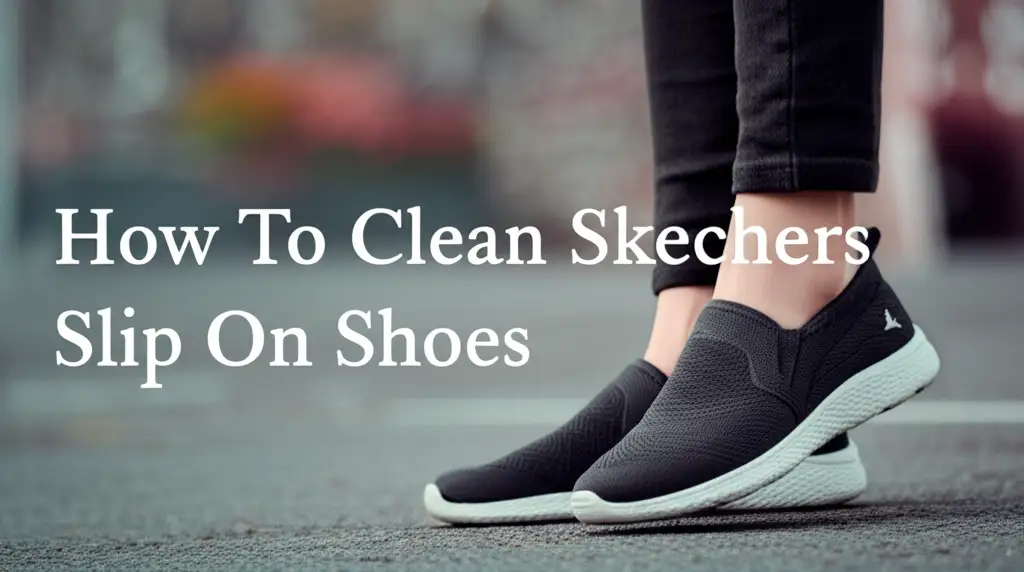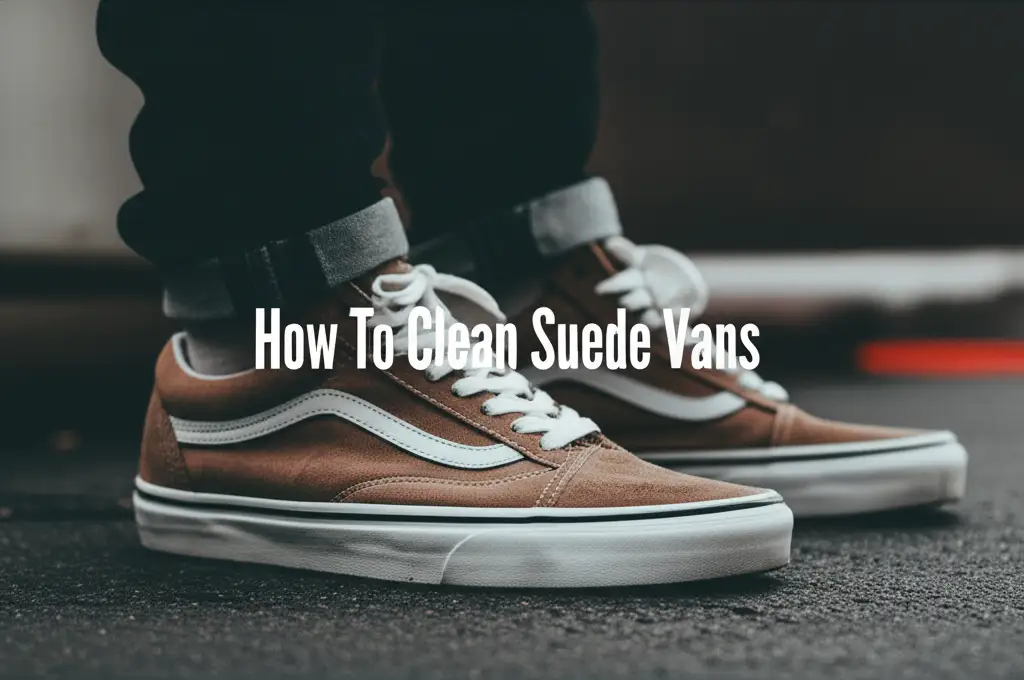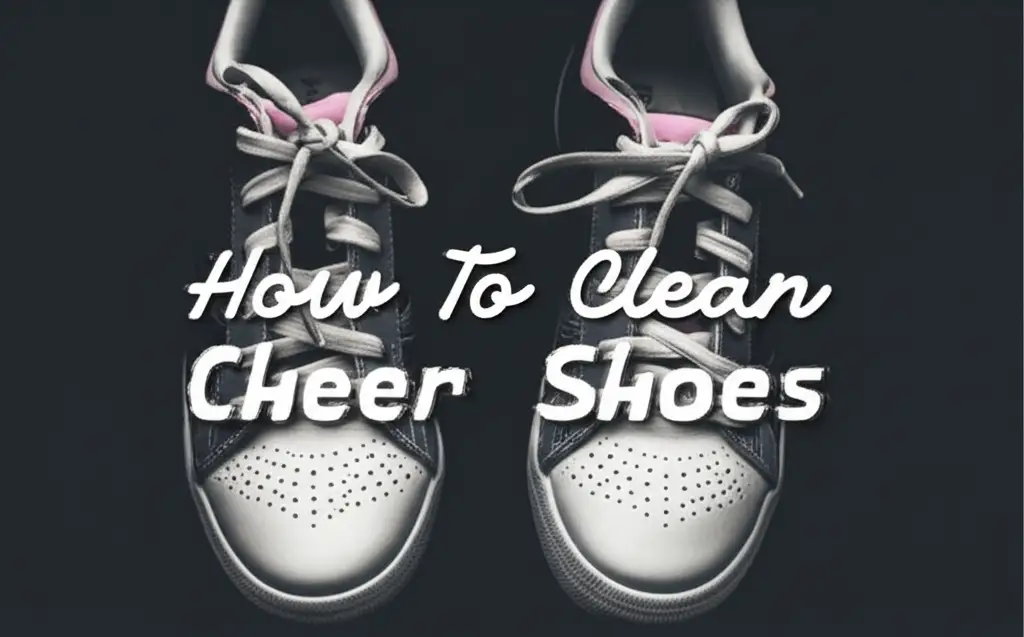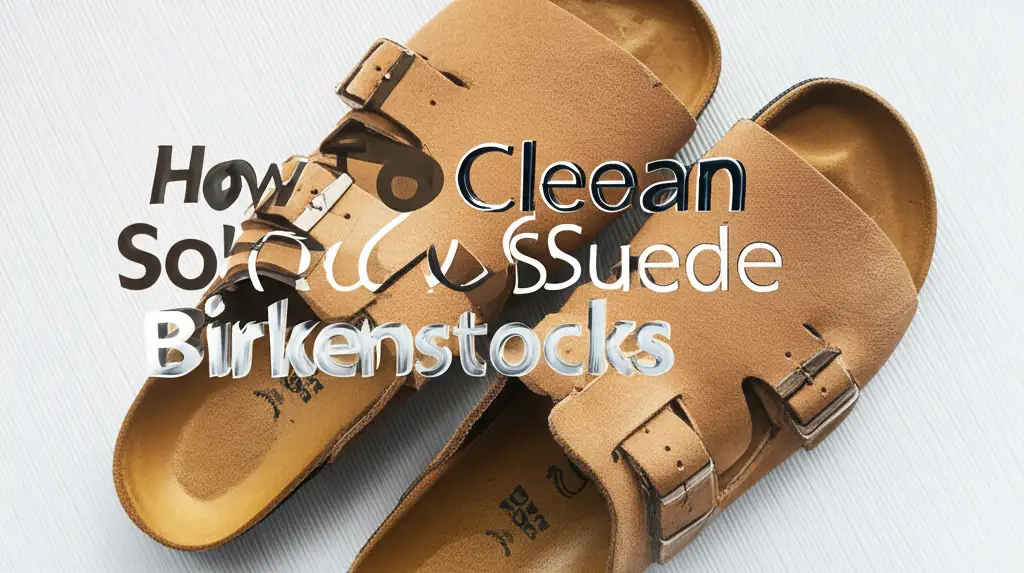· Footwear Care · 13 min read
How To Clean Non Slip Shoes
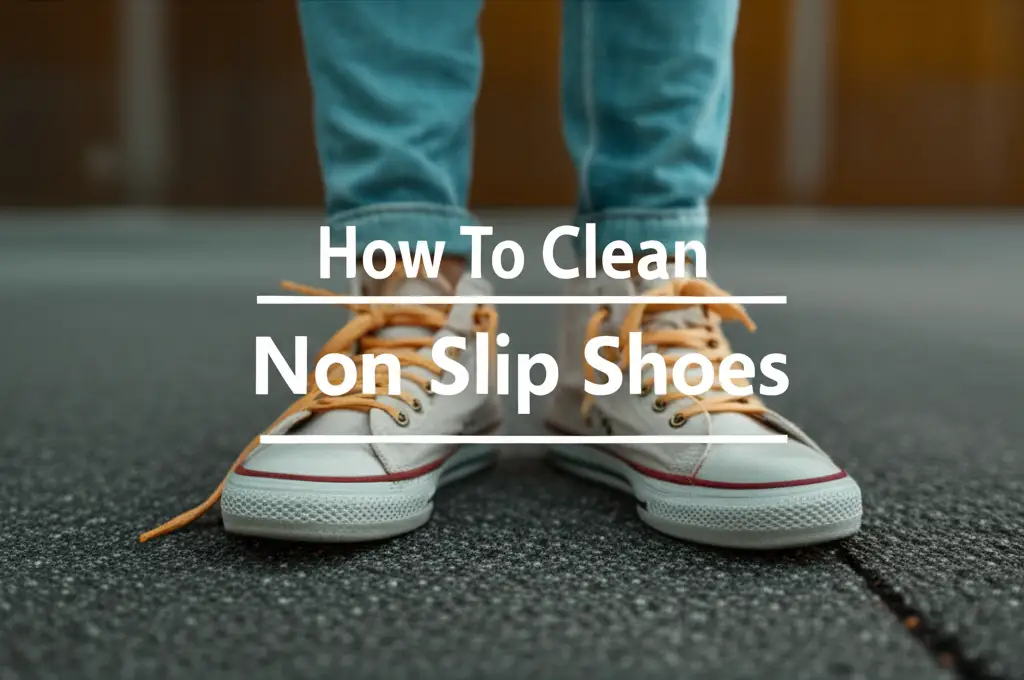
Effective Ways to Clean Non-Slip Shoes for Lasting Grip
Non-slip shoes are important for safety. They provide grip on wet or oily surfaces. People wear them in kitchens, hospitals, and other workplaces. Over time, dirt, grease, and grime build up on the soles. This reduces the shoe’s ability to prevent slips. Cleaning non-slip shoes regularly keeps them effective. It also makes them last longer. I will show you how to clean non-slip shoes, step by step. We will cover tools, basic cleaning, deep sole cleaning, and stain removal. You will also learn about caring for different shoe materials. This guide helps you maintain safety and comfort.
Takeaway:
- Clean non-slip shoe soles often to keep their grip.
- Use simple household items like soap, water, and brushes.
- Focus on removing trapped dirt from the sole’s tread patterns.
- Dry shoes completely to prevent bad smells and material damage.
- Regular cleaning extends the life of your non-slip footwear.
How do you clean non-slip shoes? You clean non-slip shoes by first removing loose dirt. Then, scrub the soles with warm, soapy water and a stiff brush, focusing on the treads. Clean the uppers with a soft cloth. Rinse the shoes thoroughly and air dry them away from direct heat. This keeps them safe and effective.
The Importance of Cleaning Your Non-Slip Footwear
Non-slip shoes are a safety tool. They help prevent falls in workplaces. Think about busy kitchens or medical facilities. A shoe’s grip comes from its unique sole pattern and material. Dirt and grease collect in these patterns. This makes the sole smooth. A smooth sole cannot grip surfaces well. This increases the risk of slipping.
Dirty shoes also carry germs. This is a concern in places like hospitals. Cleaning helps keep shoes hygienic. It also makes your shoes last longer. Dirt and grime can break down shoe materials. Regular cleaning prevents this wear. It helps you save money by not replacing shoes often. I always clean my non-slip shoes after a shift. This keeps them ready for the next day. It also keeps me safe at work.
Essential Tools for Cleaning Non-Slip Shoes
You need a few simple items to clean your non-slip shoes. Most of these you already have at home. Gather them before you start. This makes the cleaning process smooth. You will need a stiff-bristled brush. An old toothbrush works well for small spaces. A soft cloth or sponge helps clean the shoe uppers.
Dish soap is a good cleaner for grease. Laundry detergent also works. You will need warm water. A bucket or sink is useful for mixing water and soap. Baking soda and white vinegar are optional. They help with tough stains and smells. Having these items ready saves time. It also ensures you clean your shoes effectively.
- Stiff-bristled brush: Use this for scrubbing the soles. It gets into the treads.
- Old toothbrush: Good for tight spots and detailed cleaning.
- Soft cloth or sponge: Ideal for cleaning the shoe’s upper parts.
- Dish soap or laundry detergent: Cuts through grease and dirt.
- Warm water: Helps loosen dirt and grime.
- Bucket or sink: For mixing cleaning solutions.
- Baking soda: Helps with odors and stubborn stains.
- White vinegar: Good for deodorizing and removing residue.
Step-by-Step Guide to Basic Non-Slip Shoe Cleaning
Cleaning your non-slip shoes does not take long. Follow these simple steps for a basic clean. This method works well for everyday dirt. Regular cleaning prevents dirt from building up. This keeps your shoes working their best.
Pre-Cleaning Preparation
First, remove any large chunks of dirt. Bang the soles together outside. You can also use a dull knife or stick to scrape off mud. Be careful not to damage the sole. This step makes the rest of the cleaning easier. It prevents spreading dirt around. After this, your shoes are ready for washing. I always do this part outdoors. This keeps my cleaning area tidy.
Cleaning the Soles
Now, focus on the grip. Mix warm water with a few drops of dish soap in a bucket. Dip your stiff brush into the soapy water. Scrub the bottom of the soles firmly. Pay close attention to the small grooves and patterns. These are what provide the slip resistance. An old toothbrush helps reach deep into these areas. Rinse the brush often to clear away dirt. You want to see clean rubber. If your non-slip shoes are white rubber, you might find specific tips on how to clean white rubber shoes helpful.
Cleaning the Uppers
The upper part of your shoes also needs cleaning. Use the soft cloth or sponge. Dip it in the same soapy water. Gently wipe down the shoe’s top and sides. If your shoes are a material like mesh, be gentle. For some types, like Skechers slip-on shoes, general cleaning rules still apply for their non-slip soles, even if the upper material is different. You can find more specific advice on how to clean Skechers slip-on shoes if you need it. Do not scrub too hard, especially on delicate materials. Your goal is to remove surface dirt and stains.
Deep Cleaning Non-Slip Soles for Optimal Traction
Sometimes, basic cleaning is not enough. Grease and oil can get stuck in the sole’s treads. This requires a deeper approach. Deep cleaning helps restore the shoe’s original grip. It ensures maximum safety on slippery floors. This process is important for those who work in very dirty environments.
For stubborn grime, mix baking soda with a little water to make a paste. Apply this paste directly to the dirty soles. Let it sit for 10-15 minutes. The baking soda helps lift deep-seated dirt and absorb oils. After waiting, scrub the paste into the sole with your stiff brush. Use strong pressure. Rinse the soles thoroughly with clean water. You can also use a dedicated degreaser for kitchen shoes. Always read the product instructions. This extra step helps maintain the grip.
Another method involves soaking the soles. Fill a shallow basin with warm, soapy water. Add a cup of white vinegar if the shoes have a strong odor or heavy residue. Place only the soles of your shoes into the water. Let them soak for 20-30 minutes. This softens the grime. After soaking, use your stiff brush to scrub the soles clean. The dirt comes off much easier. Rinse well to remove all soap and vinegar. This deep cleaning keeps your non-slip shoes working as intended.
Tackling Common Stains on Non-Slip Shoes
Non-slip shoes often encounter many types of stains. Dealing with these stains quickly helps prevent them from setting. Different stains need different cleaning methods. Knowing the right approach saves time and effort. I find it best to act fast when a spill happens.
Oil and Grease Stains
Oil and grease are common in kitchen environments. They can make your non-slip shoes even more slippery. To remove them, use a strong degreasing dish soap. Apply a small amount directly to the stain. Let it sit for a few minutes. Then, scrub the area with a brush. The soap breaks down the oil. Rinse thoroughly with warm water. You might need to repeat this for heavy stains. This method works well on most non-slip shoe materials.
Food and Drink Spills
Food and drink spills can leave sticky residues or discoloration. For fresh spills, blot up as much as you can with a paper towel. For dried stains, dampen a cloth with warm water and a little laundry detergent. Wipe the stain gently. For tough food stains, a paste of baking soda and water can help. Apply it, let it sit, then scrub and rinse. This lifts the stain without harsh chemicals.
Mud and Dirt Stains
Mud and dirt are simple to remove when dry. Let the mud dry completely on your shoes. Then, clap the soles together to knock off the dried clumps. You can also use a soft brush to brush off loose dirt. For remaining dirt marks, wipe with a damp cloth. For mud on white shoes, a dedicated approach for how to clean mud off white shoes can be very useful. If there are stubborn dirt marks or scuffs, learning how to clean scuff marks off shoes can also provide more specialized techniques. This two-step process usually gets rid of all the dirt.
Material-Specific Cleaning for Non-Slip Shoes
Non-slip shoes come in various materials. Each material needs specific care. Using the wrong method can damage the shoes. Knowing your shoe’s material helps you clean it safely. Always check the shoe’s care label if available.
Leather and Synthetic Leather
Leather non-slip shoes are durable but need gentle care. Wipe dirt off with a damp cloth. For tougher spots, use a mild soap mixed with water. Apply it with a soft cloth. Do not soak leather shoes. This can damage the material. After cleaning, wipe them dry. You can use a leather conditioner to keep the material supple. This prevents cracking. For patent leather, which can also be part of non-slip designs, specific methods for how to clean patent leather shoes with scuff marks are helpful.
Synthetic leather is easier to clean. It resists water better. You can use soap and water more freely. Just wipe down with a damp cloth and mild detergent. Rinse by wiping with a clean, damp cloth. Always let them air dry completely. These materials often feature non-slip soles.
Canvas and Mesh
Canvas and mesh non-slip shoes are often breathable. They can absorb water and dirt easily. For these materials, create a paste of baking soda and detergent. Apply it to stained areas. Gently scrub with a soft brush or old toothbrush. Rinse by wiping with a very damp cloth. Avoid soaking canvas shoes unless specified by the manufacturer. If you have mesh shoes, especially white ones, there are good guides for how to clean white mesh tennis shoes or general tips for how to clean Nike mesh shoes that can be applied.
Some canvas and mesh shoes can go into a washing machine. Place them in a mesh laundry bag. Use cold water and a gentle cycle. Always check the shoe’s care instructions first. If you decide to machine wash, follow guidelines for how to clean shoes in the washer carefully.
Suede
Suede non-slip shoes are less common but do exist. Suede is delicate. It should not get wet. Use a suede brush to remove dry dirt. Brush in one direction. For stains, use a suede eraser. Gently rub the stain away. For dirt or mud on suede, specific advice on how to clean dirt off suede shoes or even brand-specific guides like how to clean New Balance suede shoes can be invaluable. If your suede non-slip shoes get very dirty, professional cleaning is the safest option. Water can ruin suede texture.
Drying and Maintaining Your Non-Slip Footwear
Proper drying is as important as cleaning. Incorrect drying can cause bad smells. It can also damage the shoe’s materials. Always air dry your non-slip shoes. Do not use direct heat. This means no dryers, radiators, or direct sunlight. High heat can warp materials. It can also weaken the sole’s adhesive.
After cleaning, remove insoles if they are removable. This helps them dry faster. Stuff the shoes with newspaper or paper towels. The paper absorbs moisture. Change the paper every few hours. Place the shoes in a well-ventilated area. A fan can speed up drying. Ensure shoes are completely dry before you wear them again. This prevents bacteria growth and odors. It also maintains the shoe’s shape.
For continued maintenance, clean your non-slip shoes often. This prevents dirt build-up. Store them in a cool, dry place. Avoid leaving them in damp areas. If you clean the inside of your shoes, this also helps with odor. You can learn more about how to clean the inside of shoes for thorough care. Regular attention keeps your non-slip shoes ready for any task.
When to Replace Your Non-Slip Shoes
Even with the best cleaning and care, non-slip shoes do not last forever. The sole’s grip wears down over time. This is normal, especially with heavy use. Knowing when to replace them is crucial for safety. Worn out soles mean reduced protection against slips.
Inspect your shoe soles regularly. Look for smooth, flattened areas on the tread. If the tread pattern is no longer visible, or if parts are completely worn away, it is time for new shoes. Cracks in the sole material also indicate wear. If you notice yourself slipping more often, your shoes may be worn out. Do not wait for an accident to happen. Replacing worn non-slip shoes is an investment in your safety. Your well-being is worth it.
FAQ Section
How often should I clean non-slip shoes? Clean your non-slip shoes after every shift or use, especially if they are exposed to grease or heavy dirt. For lighter use, a weekly cleaning is fine. Regular cleaning prevents dirt from becoming deeply embedded. This maintains the shoe’s grip. It also extends the shoe’s lifespan.
Can I put non-slip shoes in the washing machine? Some non-slip shoes, especially those made of canvas or certain synthetics, are machine washable. Always check the shoe’s care label first. If safe, place them in a laundry bag, use cold water, and a gentle cycle. Air dry thoroughly. You can find detailed instructions on how to clean shoes in the washer.
How do I restore the grip on worn non-slip soles? You cannot fully restore grip to a worn sole. The slip-resistant properties come from the sole’s original design and material. Once the tread patterns are smoothed down, the shoe loses its effectiveness. Regular deep cleaning can remove embedded grime that reduces existing grip, but it cannot bring back lost sole material. Replacement is necessary for worn soles.
What causes non-slip shoes to lose grip over time? Non-slip shoes lose grip mainly due to wear and tear. The friction of walking on hard surfaces grinds down the sole’s tread pattern. Dirt, oil, and grease also build up in the grooves, making them less effective. Exposure to extreme temperatures or harsh chemicals can also damage the sole material, reducing its grip.
How do I clean the inside of non-slip shoes? To clean the inside of non-slip shoes, remove insoles first. Wipe the shoe interior with a cloth dampened with soapy water. For odors, sprinkle baking soda inside and let it sit overnight. Vacuum or shake it out the next day. Ensure the inside is completely dry before wearing. For more comprehensive advice, consult guides on how to clean the inside of shoes.
Are there specific cleaners for non-slip soles? While general dish soap and water work well, some companies make specialized shoe cleaners for industrial environments. These often contain degreasing agents to tackle oil and grease more effectively. Always check the cleaner’s ingredients. Make sure they are safe for your shoe’s material. Always rinse thoroughly after using any specialized cleaner.
Conclusion
Keeping your non-slip shoes clean is a simple task. It has major benefits. You improve your safety at work. You also extend the life of your valuable footwear. I showed you how to clean non slip shoes from start to finish. You learned about gathering tools, basic washing, and deep cleaning the soles. We also discussed stain removal and material-specific care. Remember to dry your shoes completely. This stops bad smells and keeps the shoe’s shape.
Your non-slip shoes are an investment in your well-being. Make regular cleaning a part of your routine. This ensures they always provide the best grip. Do not wait for an accident to happen. A clean shoe is a safe shoe. Take the time to care for your non-slip shoes. Walk with confidence, knowing your footwear gives you solid footing. Stay safe on the job!
- shoe cleaning
- non slip
- shoe maintenance
- slip resistant shoes

